#l'express
Explore tagged Tumblr posts
Text

8 notes
·
View notes
Text
I don’t want to be heard saying that a psychoanalysis applied universally would be the source of the resolution of all antinomies; that if we analyse all human beings, there will not be any more wars, no more class conflicts. Formally, I say the opposite. All that we could expect is that human dramas might be less confusing. Among the activities that are being developed all over the world under the name of psychoanalysis, there is a growing tendency to cover, to fail to recognise, to mask the first order in which Freud brought his spark. The effort of the great majority of the psychoanalytic schools has been what I call an attempt at reduction: to put in one’s pocket the most disturbing aspect of Freud’s theory. Year after year, we witness the accentuation of this degradation, reaching at times, like in the United States, formulations which are in total contradiction with the Freudian inspiration. It is not because psychoanalysis is highly contested that analysts should make their observations more acceptable, covering them with multiple colours, and borrowing analogies from neighbouring scientific domains.” Jacques Lacan, L’Express, 1957
4 notes
·
View notes
Text
L'express Magazine
L'Express Magazine, magazine d'information hebdomadaire français, a une histoire et un parcours riches. Elle a été fondée en 1953 par Jean-Jacques Servan-Schreiber et Françoise Giroud dans le but de diffuser et de soutenir les idées de Pierre Mendès France
L'express
L'express Magazine

1 note
·
View note
Text

L'Express. Bande d'abrutis. BHL vient de mouiller ses bobettes : jaune en avant brun en arrière.
1 note
·
View note
Text

L'Express Styles Sept 2014 - Anja Rubik by Rafael Stahelin
112 notes
·
View notes
Text
j'adore quand méléagant force arthur à rencontrer son père adoptif peut être pour guérir ses traumas jsp
#kaamelott#txt#l'expression est adoptée je l'utilise je la garde je l'expose je la ponce j'en parle à un adulte
24 notes
·
View notes
Text


From Frédéric Poulsen, "Le buste du bronze de Cato trouvé à Volubilis", in the journal of the Académie des inscriptions et belles-lettres, 1947:
"The first thing which surprises [the viewer] about this admirably preserved bust is how clearly it has retained a certain rustic trace. This is a true country man, like to the wealthy farmers of the agricultural nations of our day. Cato, however, belonged to the stifling circle of the high Roman nobility (which fact is demonstrated above all by the marriages of his sisters and daughter). Here, he appears as the descendant of Cato Priscus, that prototype of the great Roman country man—and the urban life of multiple generations of that family, three of whose representatives held the consulship, has not erased this spirit.
The second great impression [one has] of this visage is the seriousness of its features, in perfect accord with the literary tradition: "It was difficult," Plutarch says (Plut. Cat. Min. 1-2), "to move Cato to laughter, and rare that a smile should appear on his face". He was harsh, tenacious, and, when ill, demonstrated an admirable forbearance.
Adding to the serious expression of those features is the movement of the head: it is turned toward the left shoulder and, at the same time, gently, peacefully inclined; and the movement which tenses the neck muscles, combined with the lines of the mouth, creates an impression of severity, even of unavailability. It is not impossible that the absence of colored stones, which would have once indicated the iris and pupils, contributes to the hardness of the gaze.
At the time of his death, Cato was forty-eight years old, but this portrait speaks of a man who lived a hard life and was aged prematurely by it. It is true that [one contemporary scholar] finds the Cato of this bust younger than the age of his death—an impression probably due to his observation of the bust's profile, since from that angle the expression is both younger and more peaceful, as if disclosing traces of the features of a young man; it is only by virtue of the large nose, particularly its curve, that a powerful masculine energy is revealed and even emphasized.
But, seen from the front, the face is haggard, the forehead is crossed by deep wrinkles that run parallel to the thick eyebrows, the creases that run down from the lower eyelids, the large and profound furrows of the cheeks, and the great lines between the mouth and chin, all contribute to give the face an expression of pain and age. In my opinion he could well have been a sexagenarian, this great country man with his proud, tranquil expression.
[...]
Even if the portrait from Volubilis dates from as late as ±150 years after Cato's death [the author dates the bust about the time of Domitian or Trajan, ed.], it goes without saying that an older and more contemporary portrait has been copied. This is confirmed when one observes the profile of the bust once more: one sees the tufts of hair in the nape of the neck shaped like long, curved leaves, and stylized in a bladelike form, a mode of stylization characteristic of precisely the period in which Cato lived, ±50 BCE.
[...]
Naturally we might suppose that a certain alteration of the features must have taken place in this transmission from copyist to copyist. [...] Where an artist, from the time of Nero for example, has copied a republican portrait meant for the atrium of a young, newlywed nobleman [an ancestral imago], the result is inevitably a mixture of styles, a circumstance which makes it still more difficult to date many Roman portraits.
Certain points of resemblance, then, may have been diminished in the face of the Volubilis Cato—on the other hand, the artistic effect could have been strengthened by an emphasis on the essential lines and forms of the visage. Happily, the artist appears to have stuck to the veracity of the original, without adding any suggestions of that saintliness or divine inspiration which the writers of the imperial era attribute to Cato, from Seneca to Plutarch."
#cato minor#c#il pourrait être sexagénaire — ce grand paysan à l'expression tranquille et fière. ;;_;;#good to stretch my french a little. also really funny how whipped mr. poulsen obviously is. another one bites the dust
23 notes
·
View notes
Text
"Autant pour moi" vs "au temps pour moi" c'est la meilleure bataille linguistique parce que dans les cas l'orthographe n'a aucun sens
#comment ca autant. autant que quoi#comment ca au temps. au temps de quoi#bien mieux que pain au chocolat vs chocolatine ou jsp#dans les cas jai auxune idee de ce qu'il se passe dans l'expression
7 notes
·
View notes
Text
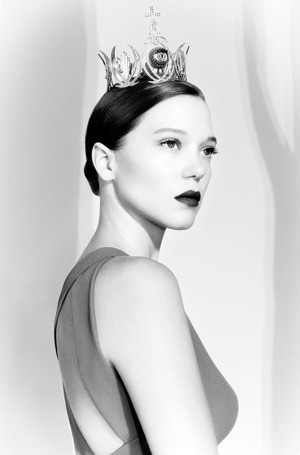
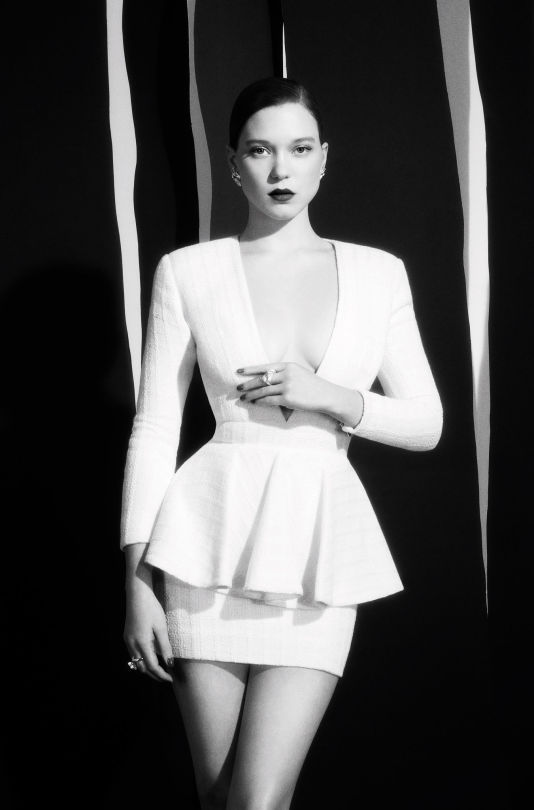
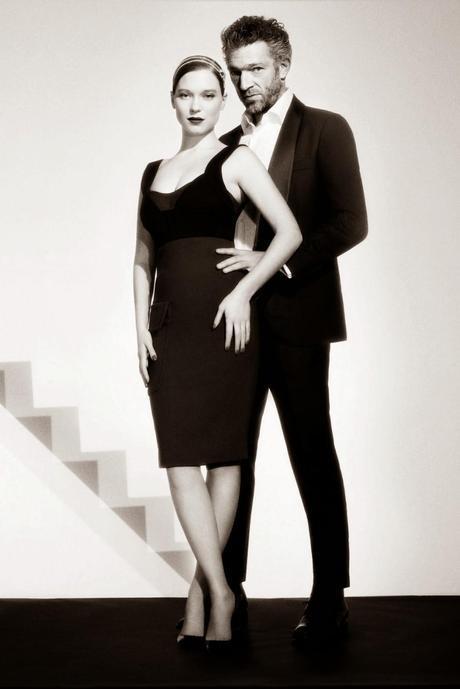
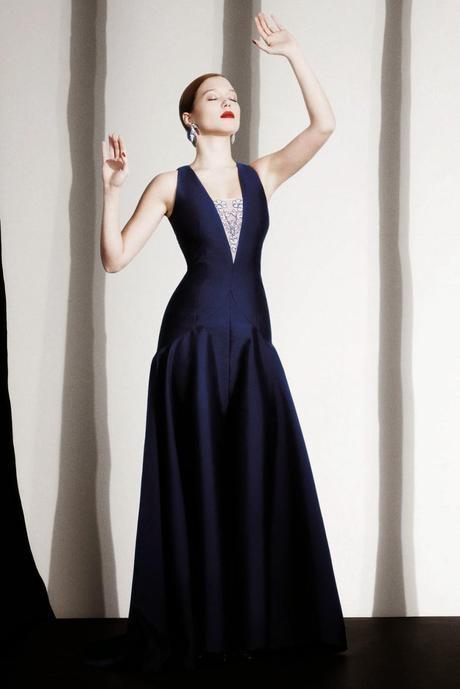
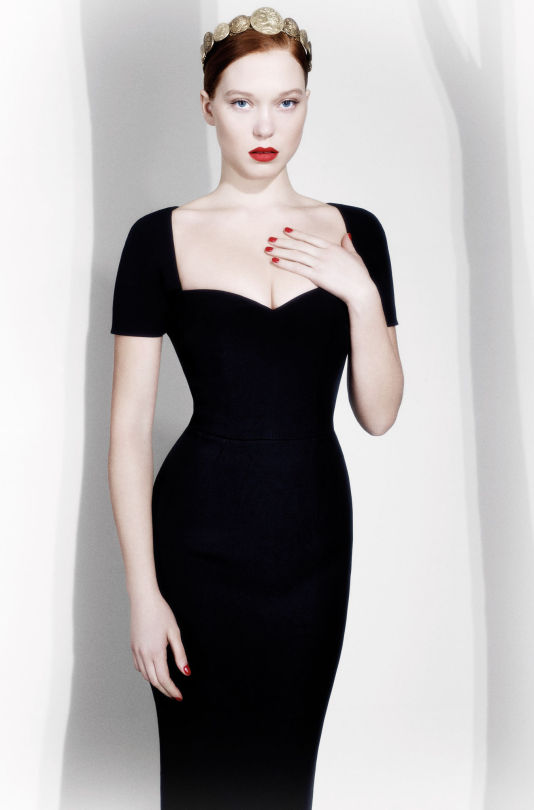
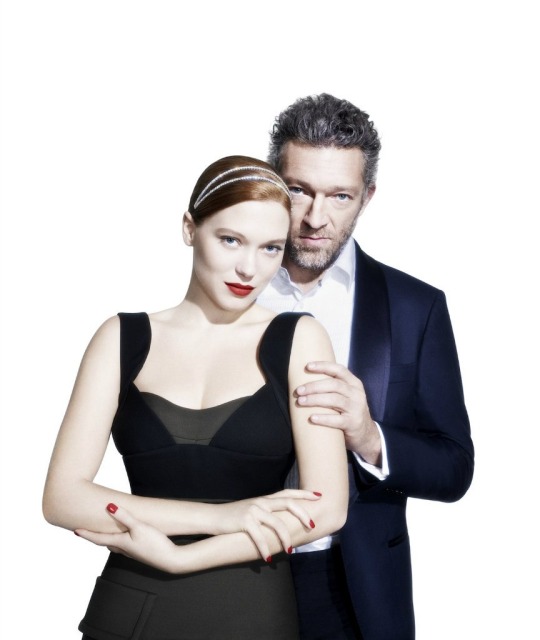
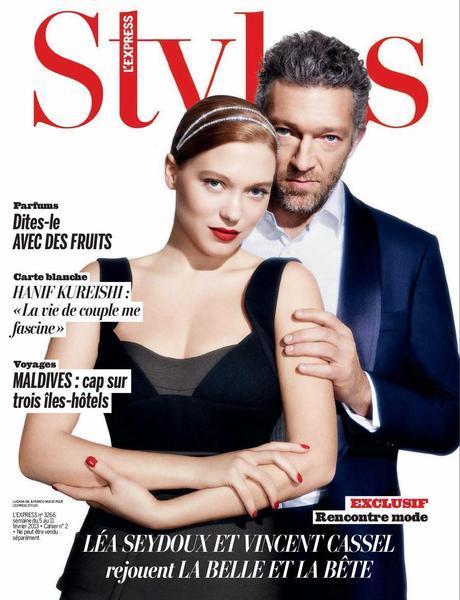
L'Express Styles, febbraio 2014
📷 Luciana Val e Franco Musso
12 notes
·
View notes
Text

Laetitia Casta on the cover of L'Express - Styles, November 2009
#laetitia casta#beautiful model#fashion#fashion style#top model#vintage style#beautiful women#style#supermodel#fashionstyle#L'Express - Styles#November 2009#2009#2000s aesthetic#2000s fashion#2000s nostalgia#2000s#00s icons#00s style#00s fashion#00s nostalgia#00s aesthetic#00s#fashion dresses#fashion dress#fashion world#fashion shoot#fashion icon#styleinspo#style inspiration
1 note
·
View note
Text
les gauchistes on est tellement en train de se faire baiser à tous les niveaux et en plus ON LE SAVAIT on savait que ça allait arriver je suis en train de devenir fou.
6 notes
·
View notes
Text
et si non... où cela mène-t-il ?
idée de débat (à relancer sans fin ?) : est-il bon de se mettre d'accord ?
#liberté d'expression#réflexion partagée#nash#bien commun#république#diplomatie#jugement#décisions#inertie politique#acquis sociaux#psychologie collective#utilité de l'expression#scléroses idéologiques#décohésion
2 notes
·
View notes
Text
j'étudie on ne badine pas avec l'amour de musset cette année. je ne vous cache pas mon déplaisir à cette lecture. @aramielles @kaantt pour votre bon plaisir je vous laisse lire ma critique que j'aurai jamais le courage de sortir en dissertation
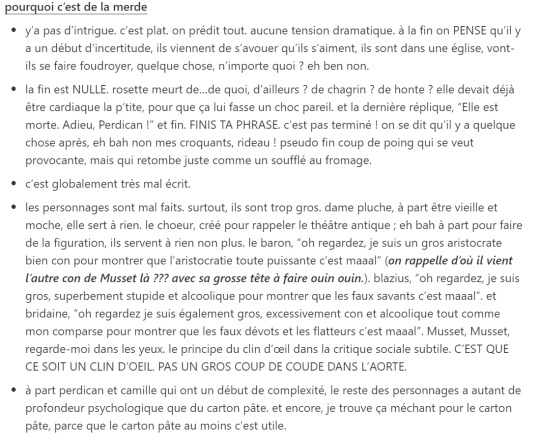
#excuse-moi lila je t'ai piqué l'expression “tête à faire ouin ouin” mais elle est juste trop drôle pour ne pas être plus utilisée#prépa talk
4 notes
·
View notes
Text

@amarocit le petit "forte" entre guillemets... ça juge encore la taille de la thèse de Michelet !
#'c'est pas la taille qui compte !' comme on dit 😂#bee tries to talk#french#jules michelet#Je ne connaissais pas l'expression de thèse latine
3 notes
·
View notes
Text

0 notes
Text
En matière de langue, une des scènes les plus riches du roman [Terre des cons, de Patrick Nicol] se déroule dans les douches d'un centre sportif. Le narrateur s'étant lancé dans un monologue un peu mélodramatique [au sujet des grèves étudiantes du Québec en 2012], il en vient à s'apercevoir qu'il donne l’impression à ceux qui l'entourent d'être violent. Que dit-il alors à Philippe? « Puis, je prononce lentement, de façon claire : tu sais, je n'endosse pas la violence » (p. 85). Quiconque a suivi les débats du Printemps érable reconnaît cette phrase : pendant des jours, les autorités gouvernementales et des commentateurs ont demandé aux « Leaders Étudiants » de la dire. La voilà intériorisée par un personnage de roman. C'est peut-être à cela que sert la littérature : à montrer combien les mots, venus de partout, nous constituent.
- Benoît Melançon, L'Oreille tendue, 2016, p. 380.
#un autre genre de locker room talk...#iykyk#benoît melançon#l'oreille tendue#printemps érable#jamais vraiment aimé l'expression printemps érable#littérature#français#québec#livre#lecture
0 notes